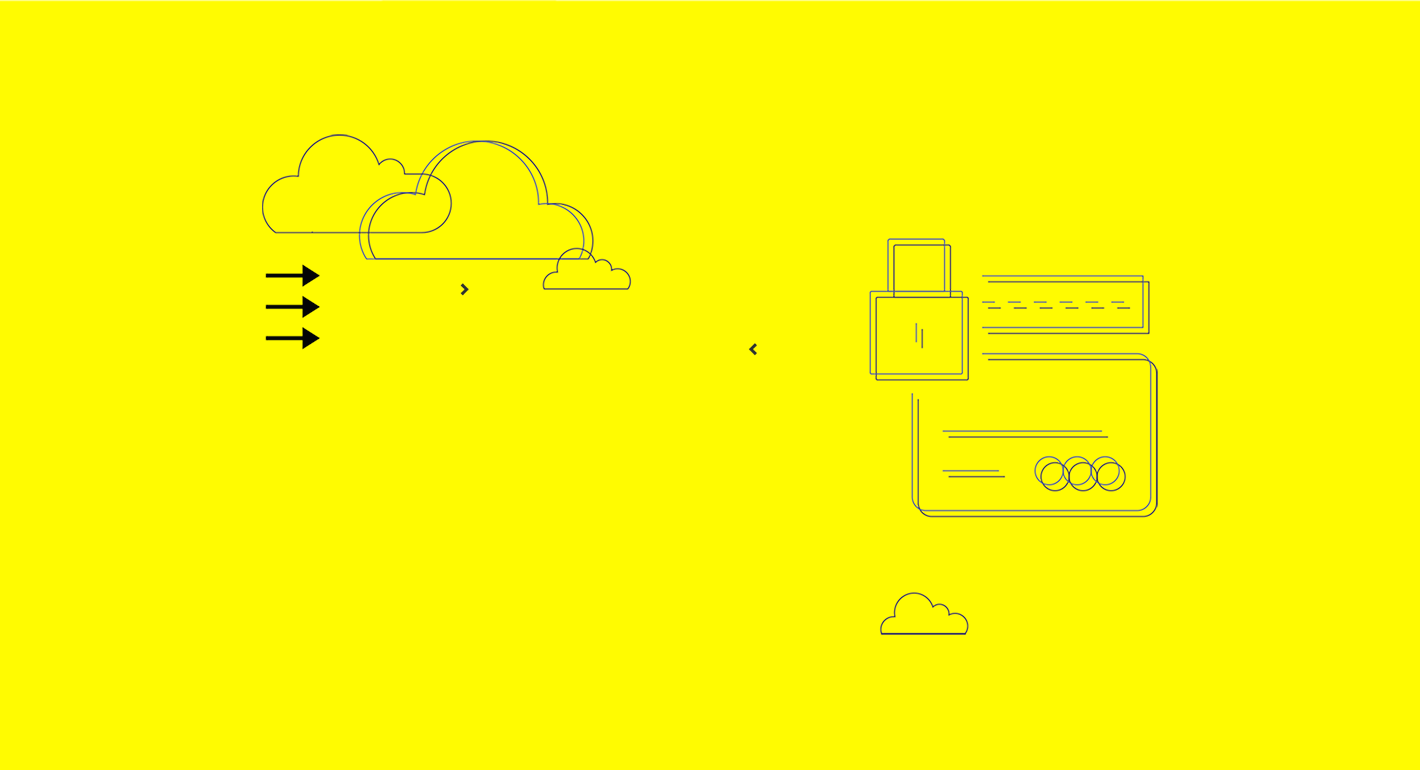In 2016, India launched the Unified Payments Interface (UPI), a mobile application that facilitates instant, low-cost domestic payments. It brings together the robust customer due diligence of financial institutions and the digital distribution prowess of technology platforms.
The architecture of the system, developed by the National Payments Corporation of India, offers future opportunities to enable seamless cross-border payments for small businesses and international remittances. Financial technology (or fintech) companies can build on the core layer without the heavy lift of opening accounts. And there are no barriers to entry, making UPI available to big players such as Amazon, Facebook, and Google as well as India’s homegrown payment platforms such as PhonePe and Paytm. Over 150 banks and more than twenty third-party providers are already on board.
The separate launch in 2016 of BharatQR—which generates common two-dimensional barcodes (or QR codes) for e-wallets and cards from American Express, Mastercard, RuPay, and Visa—created a low-cost acceptance network of merchants in India. The use of UPI coupled with a common QR code has enabled nearly 1.5 billion monthly transactions.
India is at the leading edge of payments innovation.
India is at the leading edge of payments innovation, though other countries and regions have launched new programs of their own. China has seen wide adoption of digital payments, but its duopolistic market structure is dominated by U.S. provider WePay and China’s native Alipay and is poorly integrated with banks and other financial institutions. A number of African countries, including Kenya and Ghana, make extensive use of mobile applications, but those platforms also face hurdles around interoperability. Growing demand for instant payments led the European Union to launch its TARGET Instant Payment Settlement service in November 2018. In the United States, the Federal Reserve has started work on FedNow, a real-time payments system it hopes to launch in 2023 or 2024.
A common global framework and set of rules would particularly benefit small businesses and millions of migrants.
As different countries take different approaches to instant payments, the need for a more standardized payment architecture and consumer experience has become clear. A common global framework and set of rules would particularly benefit small businesses and millions of migrants. With international remittances totaling approximately $653 billion in 2019 and the average cost of sending $200 at 6.8 percent, the current disjointed system exacts a heavy toll. But if developed through global cooperation, a UPI-like framework with common messaging standards and protocols could advance the cause of instant, low-cost payments across borders.
